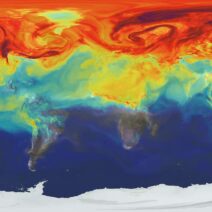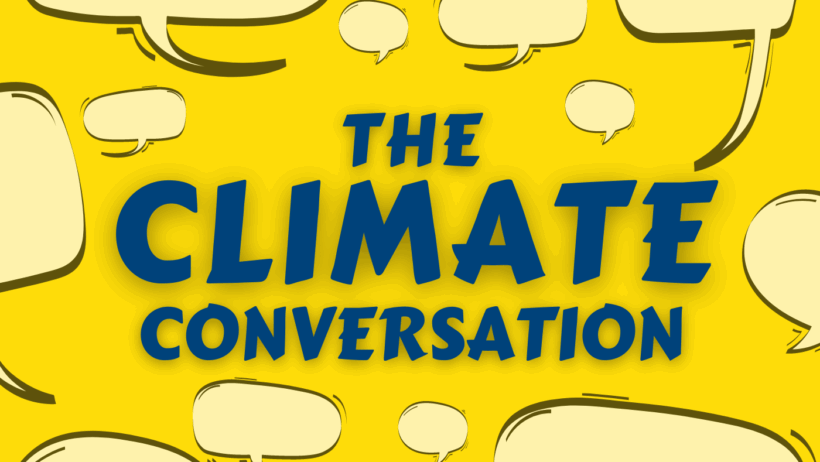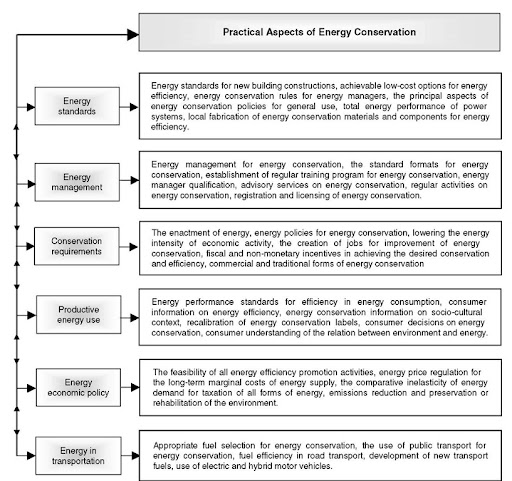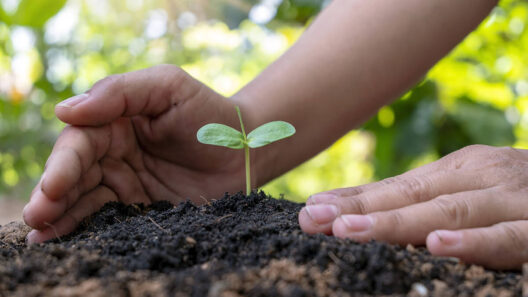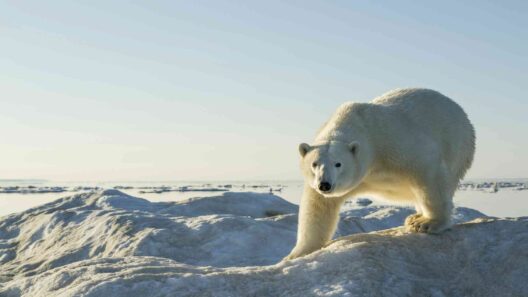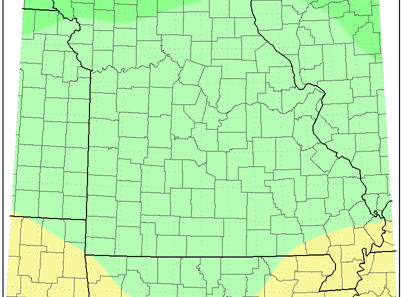In an era dominated by climate change rhetoric, the documentary “A Climate Conversation” emerges as a beacon of hope and a catalyst for discourse. It implores us to engage in a nuanced dialogue about environmental degradation, intertwining the personal, social, and political ramifications of climate change. But does it effectively encapsulate the complexities of our ecological predicaments? In seeking to answer this, we must explore various facets of the documentary that merit consideration and dialogue.
At its core, “A Climate Conversation” champions the idea that effective communication is essential. This film adeptly navigates the narrative landscape, presenting a multitude of perspectives on climate change. It artfully interlaces personal anecdotes from individuals affected by environmental shifts with scientific data and expert insights, creating a mosaic of understanding that challenges viewers to feel and think simultaneously. Can we truly comprehend the magnitude of the climate crisis if we detach it from the lived experiences of those it impacts most?
Moreover, the documentary underscores the importance of inclusivity in climate dialogue. It purposefully showcases voices from marginalized communities, who often bear the brunt of environmental degradation yet remain underrepresented in mainstream discourse. Highlighting these perspectives not only enriches the conversation but also positions the climate crisis as a social justice issue. This brings forth a pivotal question: How can we advocate for environmental policy that neglects the voices of those who face the greatest adversities?
Continuing on this trajectory, the film effectively elucidates the intersectionality of climate change. It delves into how socioeconomic factors, race, and global inequality intertwine with environmental issues. By addressing these complexities, “A Climate Conversation” acts as a mirror reflecting our global society, prompting viewers to consider their own roles in this intricate tapestry. Thus, it challenges an overlooked yet critical paradigm: that climate activism must not only be environmental but also deeply rooted in social equity.
Yet, while the documentary excels in establishing a dialogue, it occasionally treads the fine line between awareness and alarmism. While fear can be a potent motivator for action, is it constructive to foster an atmosphere that primarily relies on dread? This line of questioning underscores an inherent challenge within the climate discourse. If proponents of climate action fixate on dire predictions without illuminating potential solutions or pathways forward, how can the audience be inspired to effectuate change?
In addressing solutions, “A Climate Conversation” endeavors to highlight innovation and resilience. The film showcases grassroots initiatives, pioneering technologies, and community-led projects that offer tangible blueprints for a sustainable future. This pivot from merely diagnosing the problem to advocating for actionable solutions is pivotal. It serves as a reminder that amid the overwhelming data and statistics, there exists a reservoir of creativity and determination poised to tackle these issues. Yet, one must ponder: are we doing enough to elevate these stories? Are we amplifying the voices of innovatively combating climate change, or are we relegating them to the sidelines?
Furthermore, the documentary does an exemplary job of laying bare the psychological dimensions associated with climate change. It addresses the phenomenon of climate anxiety, emphasizing how individuals grappling with environmental apprehension can foster resilience rather than succumb to despondency. By facilitating this exploration, the film enables a broader understanding of climate change as more than just an external challenge; it emerges as a deeply personal issue that necessitates introspection and communal support. Yet, does this discussion adequately underscore the systemic issues at play, or does it risk individualizing a crisis that is fundamentally rooted in collective action?
Importantly, “A Climate Conversation” does not shy away from critiquing established institutions and frameworks. It challenges governmental policies, corporate interests, and existing paradigms that perpetuate environmental degradation. This critical lens is essential, as it fosters a culture of accountability. However, it opens another layer of inquiry: how do we balance skepticism and constructive critique with the need for collaboration across varied platforms? Is it possible to forge alliances with those we critique, or does the activism of dissent risk alienation?
In conclusion, “A Climate Conversation” stands as a quintessential representation of contemporary environmental discourse. It adeptly constructs a framework for dialogue centered on inclusivity, intersectionality, and resilience.While it successfully raises pivotal questions and challenges viewers, it also sheds light on the inherent complexities of climate activism. The film urges us not only to engage in conversation but also to transform our collective understandings into action. As we navigate this critical juncture in history, let this documentary serve not as a mere reflection of our fears but as a call to marshal our energies toward a more equitable and sustainable future.
Ultimately, the documentary prompts us to consider: can we elevate the conversation surrounding climate change beyond fear-mongering and into a realm of hope, action, and holistic engagement? It is this challenge that might very well define the next epoch of climate discourse.

